-
Posts
15376 -
Joined
-
Last visited
-
Days Won
8
Content Type
Forums
Events
Gallery
Posts posted by Schu
-
-
On 1/2/2024 at 11:22 AM, Invidiosulus said:
This is a basic simulation of the LS bass horn in Hornresp.
The K33 is in light gray and I’ve plotted the exact same horn in black but substituted the driver specs for those of the Eminence Kappa 15C.
as you can see, both drivers show a peak in the 150Hz region with the 15C showing less of a drop in output.
You will also note that the 15C gives up a little on the low end to the K33.
Even if the sidewalls aren’t resonating(much) there is still going to be that peak in the response which will really honk if given the right(wrong) source material.
This peak in the 150Hz region is well documented, and even showed up in the response curves from the stereophile review of the AL-5.
Before anybody has a chance to try to pretend that I’m making this up, and that the stereophile measurements aren’t valid(I’m looking at you @OO1 ), I would like to remind you that Roy himself posted the following EQ settings for use with the LS bass section when using an active DSP crossover.87hz, Q:3.5, +5dB
148Hz, Q:8, -7dB
380Hz, Q:5.5, +2dBI think it’s hard to realize what you are missing until you have a chance to hear the LS bass without that peak.
Simulations are WAY MORE important than 'in room response' hooey anyway...
-
What are you worried about if you have good corners...
-
Nope... my book was NEVER delivered despite them funder telling me that it had been.
No book for me.
-
Water Displacement 40... created for the military to use to displace moister on Ballistic Missiles.
it will help kill Oxidation... but not as good as some other products.
-
 2
2
-
-
charring on that Capacitor...
-
A/B should be decent design choice... I am sure they would work 'FINE' together even if there might be better choices.... give it a try.
-
38 minutes ago, babadono said:
Is that a "polyswitch"? .....calling @Deang
should be labeled 'PS1'
-
 1
1
-
-
This is kind of being set up like a 'trap' of some kind... but I did an extensive listening test a few years ago making an el34 comparison and I could hear a difference in the same circuit.


They had some distinct differences that I could discern... but they were more alike than different.
The 66 and 88 were more potent and had a very forward mid's and the 34 were more laid back and significantly more balanced from top to bottom.
That was about it for me... like most things, none was right and none were wrong. They were different flavors
-
 2
2
-
-
12 hours ago, delta88343 said:
Different horn design have different dispersion characteristics. I believe the exponential design PK used has controlled directives which causes beaming. This beaming effect can significantly increase the amplitudes of various frequencies which can cause a harsh sound in what are considered bright rooms. Remember, speakers are tested in an anechoic chamber that absorbs ALL frequencies and it is in that environment that a speaker produces its fattest frequency response. Now stick that same speaker in a room with large areas of hard surfaces and the sound, especially the mid to higher midrange frequencies are going to continuously reflect and bounce around the room like an echo chamber. This is why a room needs sound absorbing materials, if you're unhappy with the higher frequency sounds.
I mean, I wish I was learning something here, but I just am not... and I don't think most of the long timers around here with more than a couple thousand posts aren't either... but your effort is appreciated.
-
A proper 1-2 feature...

-
-
there is a lot of good stuff going on in Vietnam... when I was looking for some Jupiter cap's a few years ago (after they stopped making them) I found some in Vietnam. they came with zero issues.
My choice would be for a Tube of some kind... a 45, 2A3 or 300 is good.
-
 1
1
-
-
How does the specific Heritage dispersion pattern require room treatment?
Are you speaking of the 'directionality'? If so, that is not inherently, or specific, to klipsch.
-
 1
1
-
-
16 hours ago, babadono said:
Hmmmmm...mighty tempting...
play with it... have some fun E.
It really helped mine out though your Beryllium might not need as much as the 2050i does.
-
I use something similar, 90x90 and it definitely added that .missing sense of 'air' that I was missing for the 402 alone.
-
I think al5 is better and more distinctive.
What happens if klipsch makes a network change and leaves everything the same...
-
It's rather simple in terms of the Bass sound... do you prefer distortion or do you not?
One is not right, and the other wrong... they are merely different.
-
 1
1
-
-
Mele Kalikimaka
-
 3
3
-
-
That is why you only use ultra high damping on LF sections...
-
That looks cool.
Ive got an ancient family bible also about the size of yours, but I wanted a way to display it visually... even the sides.
-
Life and matter resonate...
-
 1
1
-
-
5 hours ago, JJkizak said:
I believe all the new cars have USB connections. No HDMI.
JJK
My bad... that is correct.
-
I LOVE the word resonance... because that is what acoustic instruments do.
-
 3
3
-
-
this from North Reading looks VERY VERY interesting... built to your specification.
I bet they would make your La Scala's SING!







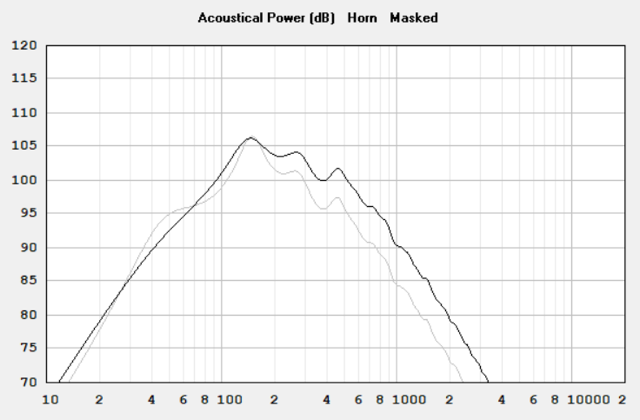










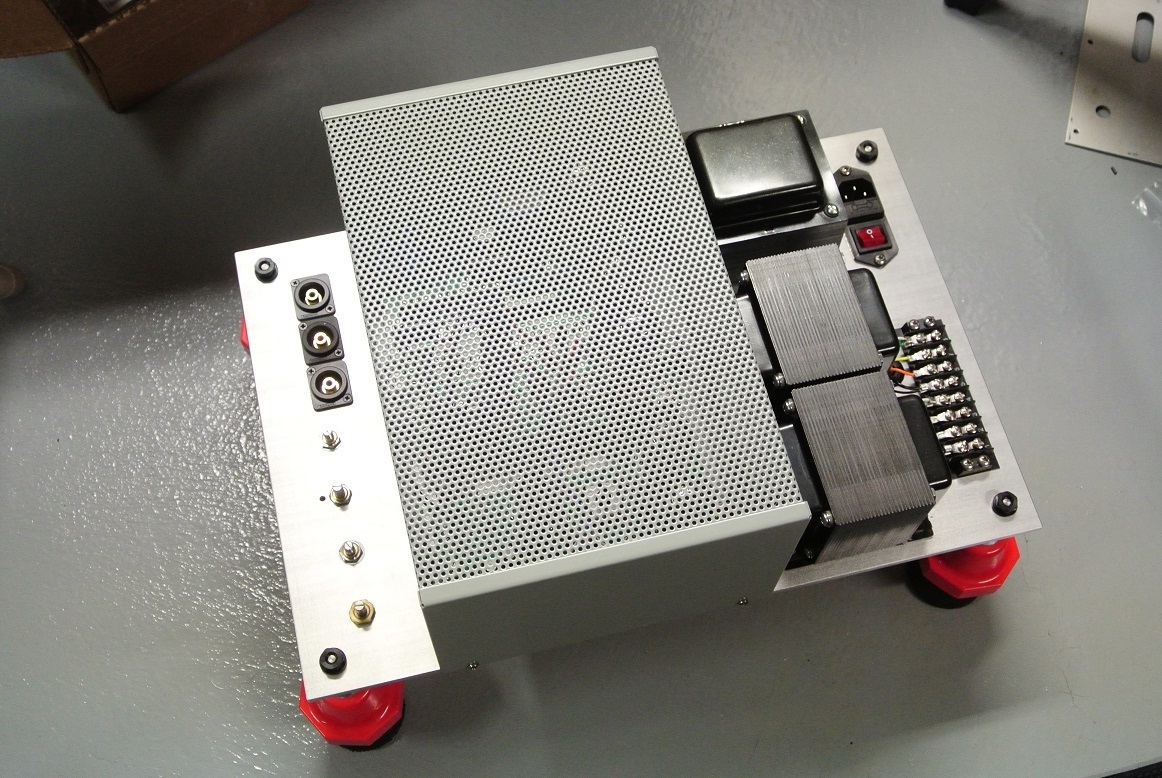
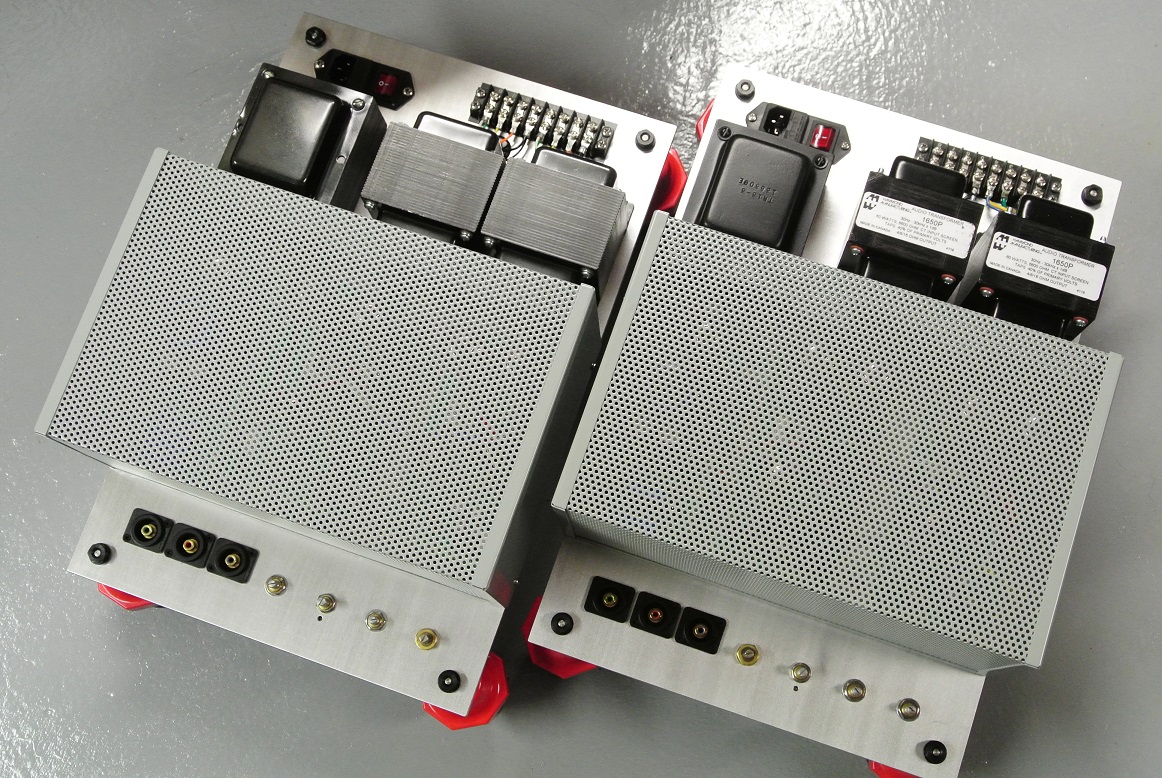
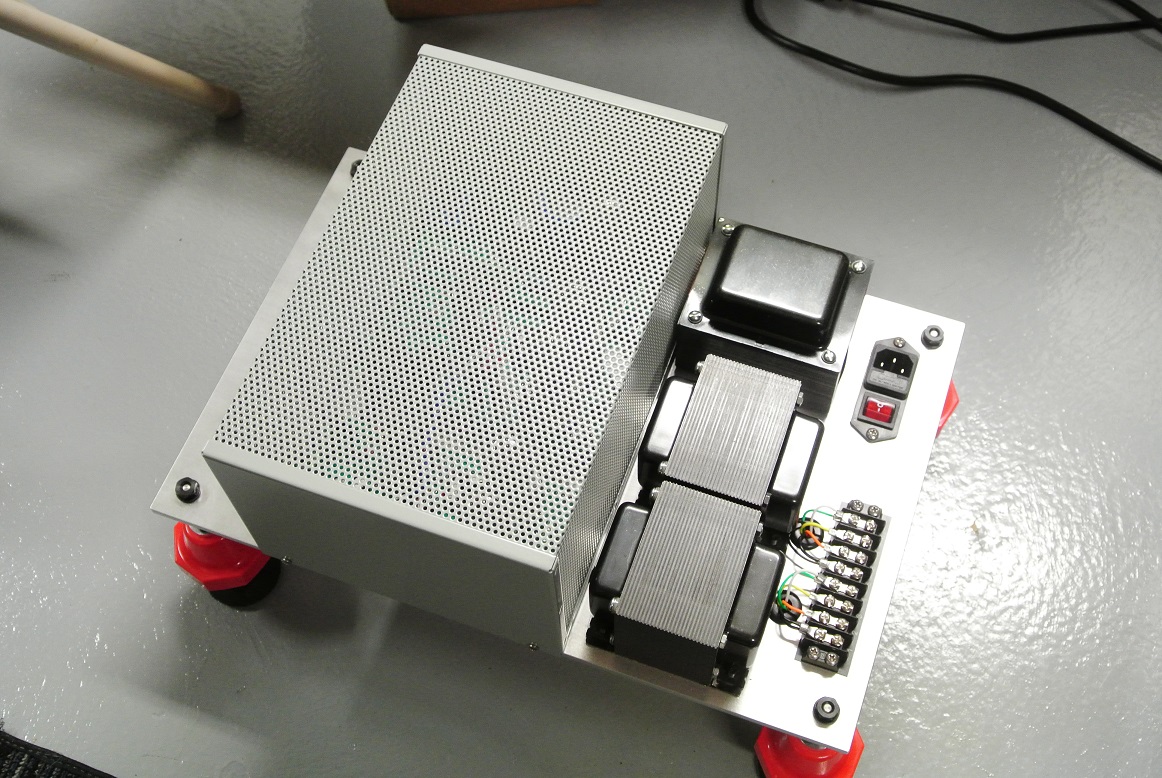
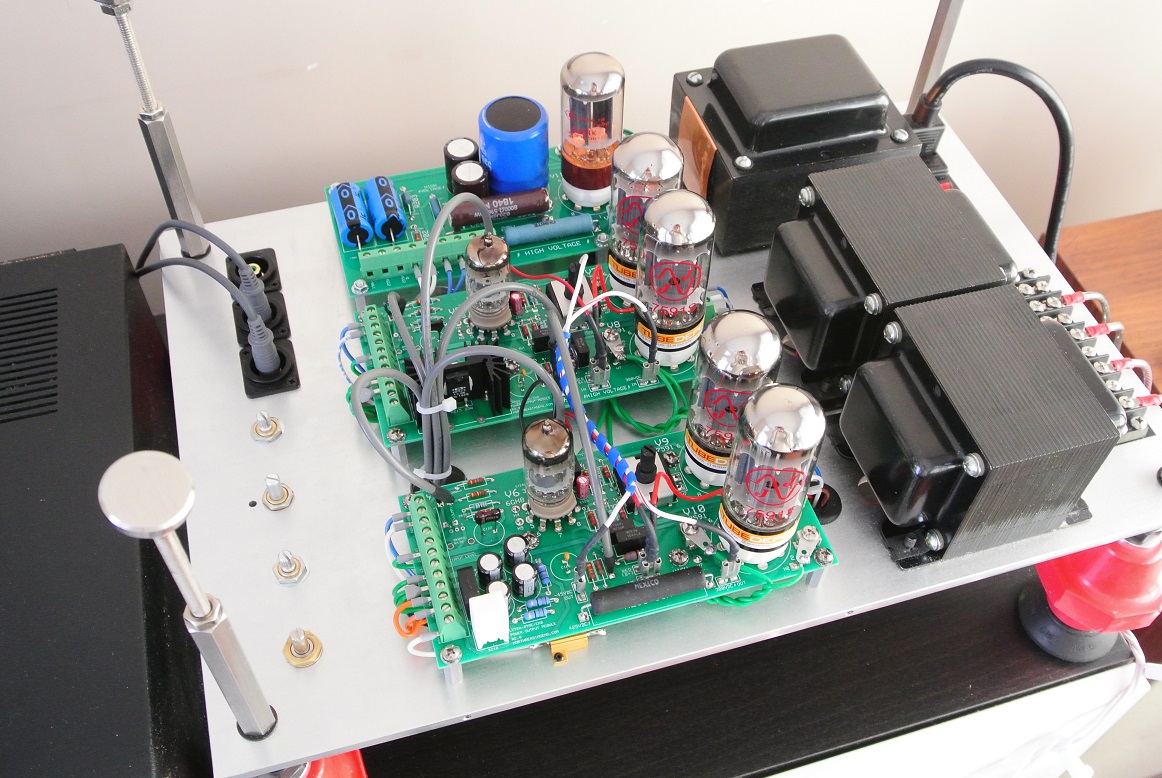
Balanced vs. Coaxial Interconnects
in 2-Channel Home Audio
Posted
why not try it both ways and see which one you like the best... I think, in general, that ESS (32 bit) has the upper hand over Burr-Brown (24 bit), but it's probably a personal choice... I am not really sure at that level if there is a big difference, though there is probably a difference.
ESS that is newer or higher in the line I would say is a better chipset for sure... but it's still no AKM4499. Topping has a pretty interesting DAC using the AKM4499 and is reasonably priced, but it's still single channel chipset as far as I know.